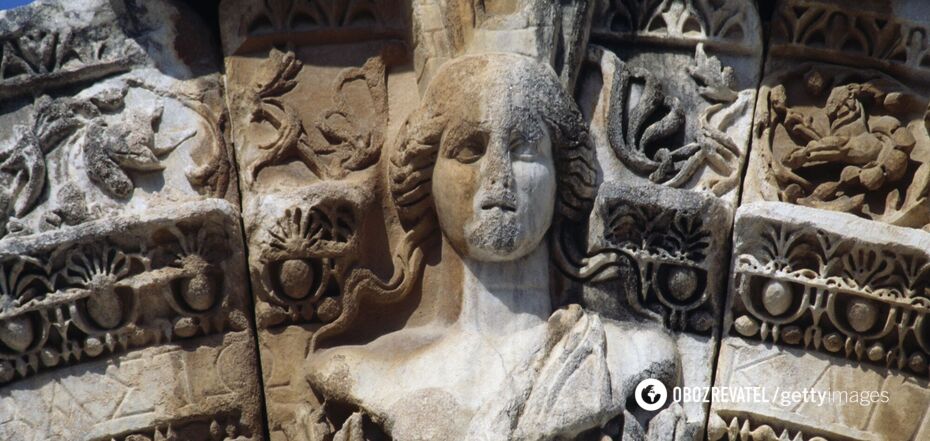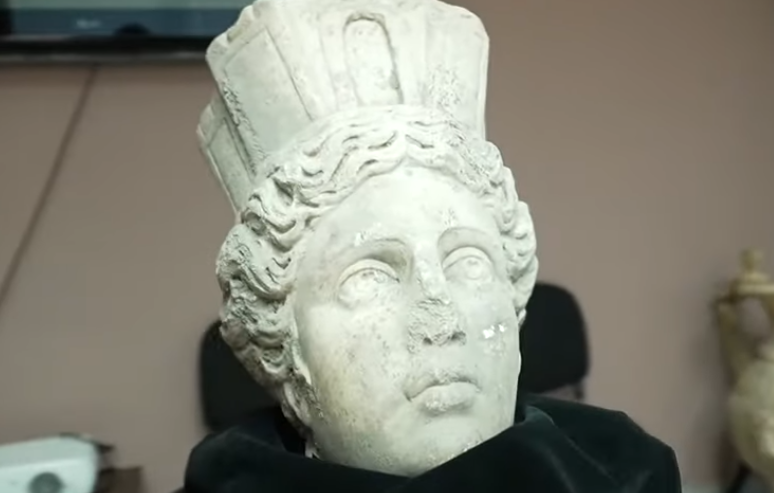News
The head of a statue of the goddess of luck was found in Bulgaria. Photos and videos
An amazingly crafted head of a large statue of the Greek goddess of fortune, Tike, was found in Bulgaria. The statue element was unearthed in the modern city of Plovdiv, located on the site of ancient Philippopolis.
The excavation team was led by archaeologist Lyubomir Merdzhanov. He called this stunning artifact a phenomenal find, Arkeo News reports.
Tikhe is the goddess of luck, fate, and happiness. The Greeks believed that she had the power to determine the fate of people and cities. She was glorified by poets, and orphans turned to her with fervent prayers. She was honored in many cities, identified with Fortune, and depicted as a woman with a ball, a steering wheel, and a horn of plenty in her hands.
A statue of the head of the Greek goddess Tiehe was found near the pulpit of the basilica. According to scientists, it may have been reused as a building material or strategically placed for symbolic purposes.
"The position of the artifact could have a deeper meaning. Perhaps it indicated the coexistence of pagan and Christian traditions," Merdzhanov said.
The artifact dates from the late 1st to mid-3rd century AD. The head (and probably the entire statue) was made in the Hellenistic tradition of high-quality marble, with heart-shaped irises. Tikhe's function as a guardian of Philippopolis (modern Plovdiv) is symbolized by the corona muralis, or mural crown, which is used to depict city walls with turrets. Based on the proportions of the head, it is believed that the artifact was part of a statue that was about 2.5 meters high.
According to archaeologists, the statue could have been part of a sanctuary that existed before the Christian basilica. Since early Christian communities often built churches over pagan temples, this raises the possibility that there may be even more historically important artifacts.
Thus, the discovery is important not only for its artistic value, but also because it provides insight into the religious and cultural history of ancient Philippi.
Plovdiv is one of the oldest cities not only in Bulgaria but also in Europe. The name of the ancient Thracian city from which today's Plovdiv is derived was most likely Eumolpia. In the Iron Age, a fortified Thracian city developed on the territory of Nebet Tepe. Philip II incorporated it into the Macedonian Empire in the fourth century BC and gave it its most famous name, Philippopolis.
The find will be exhibited at the Archaeological Museum of Plovdiv after careful study and restoration. The excavation team hopes to get permission to lift the basilica's mosaic to explore the main sanctuary and potentially find the remaining fragments of the statue to reconstruct this ancient miracle.
Only verified information is available on our Telegram channel OBOZ.UA and Viber. Do not fall for fakes!





























